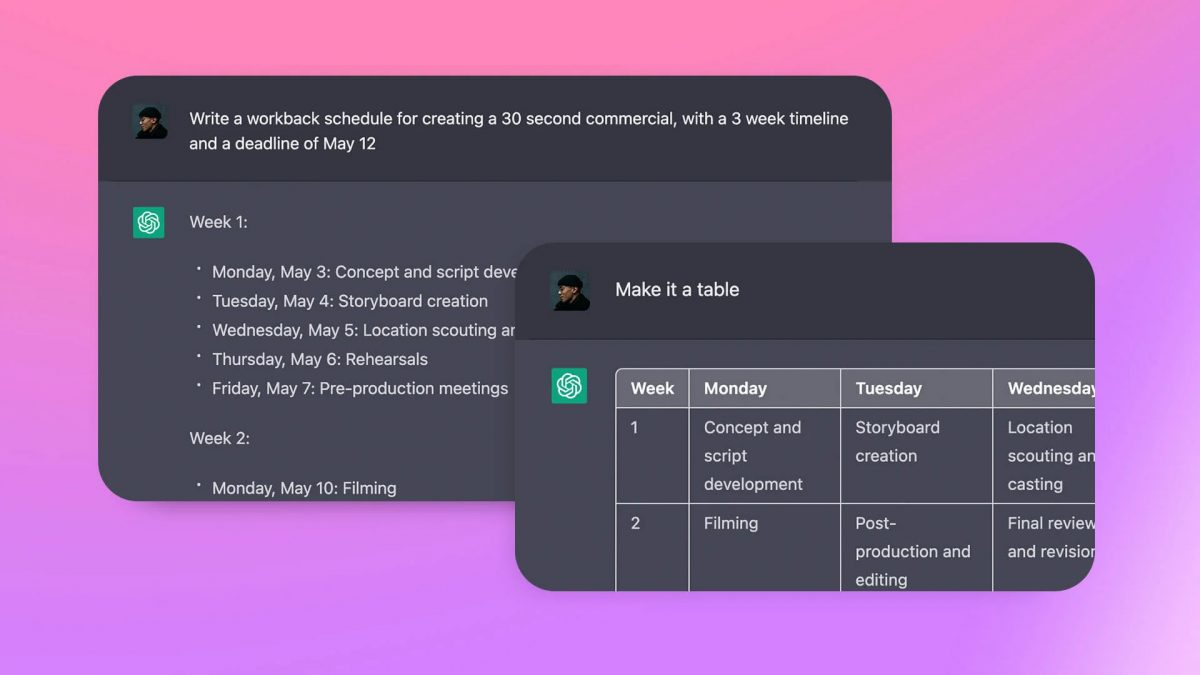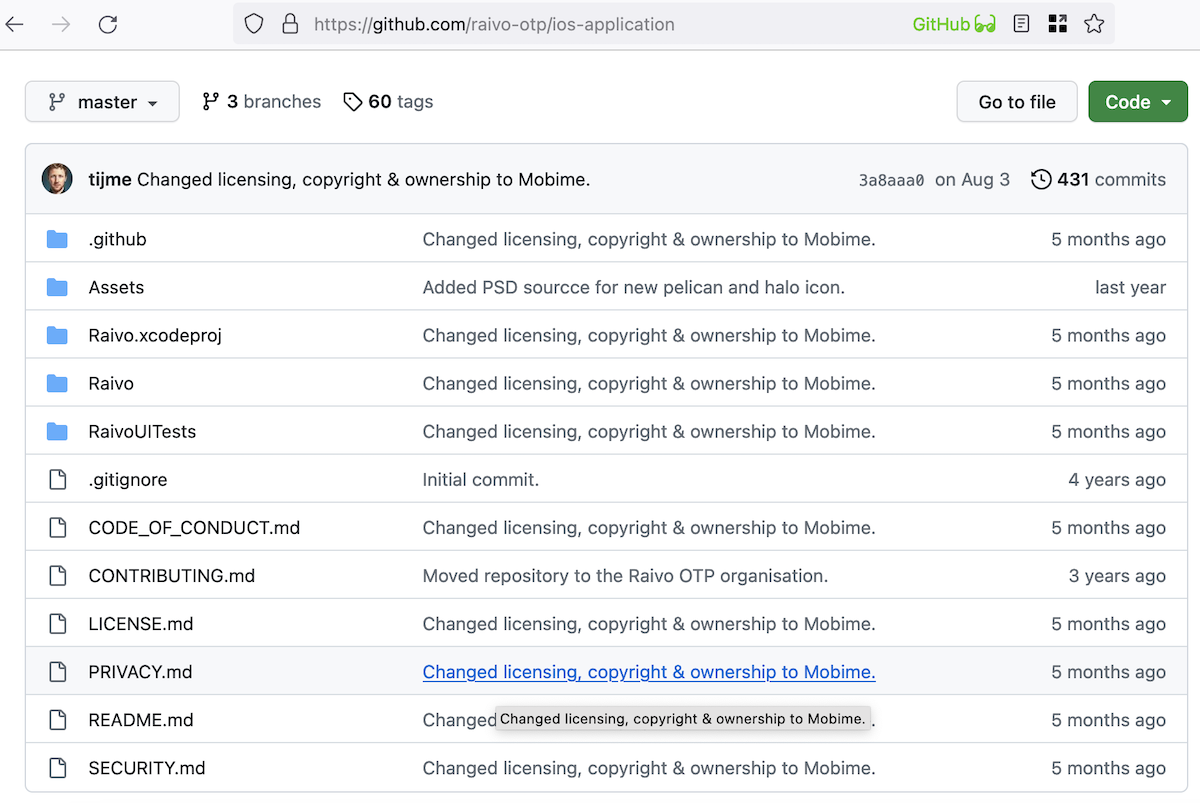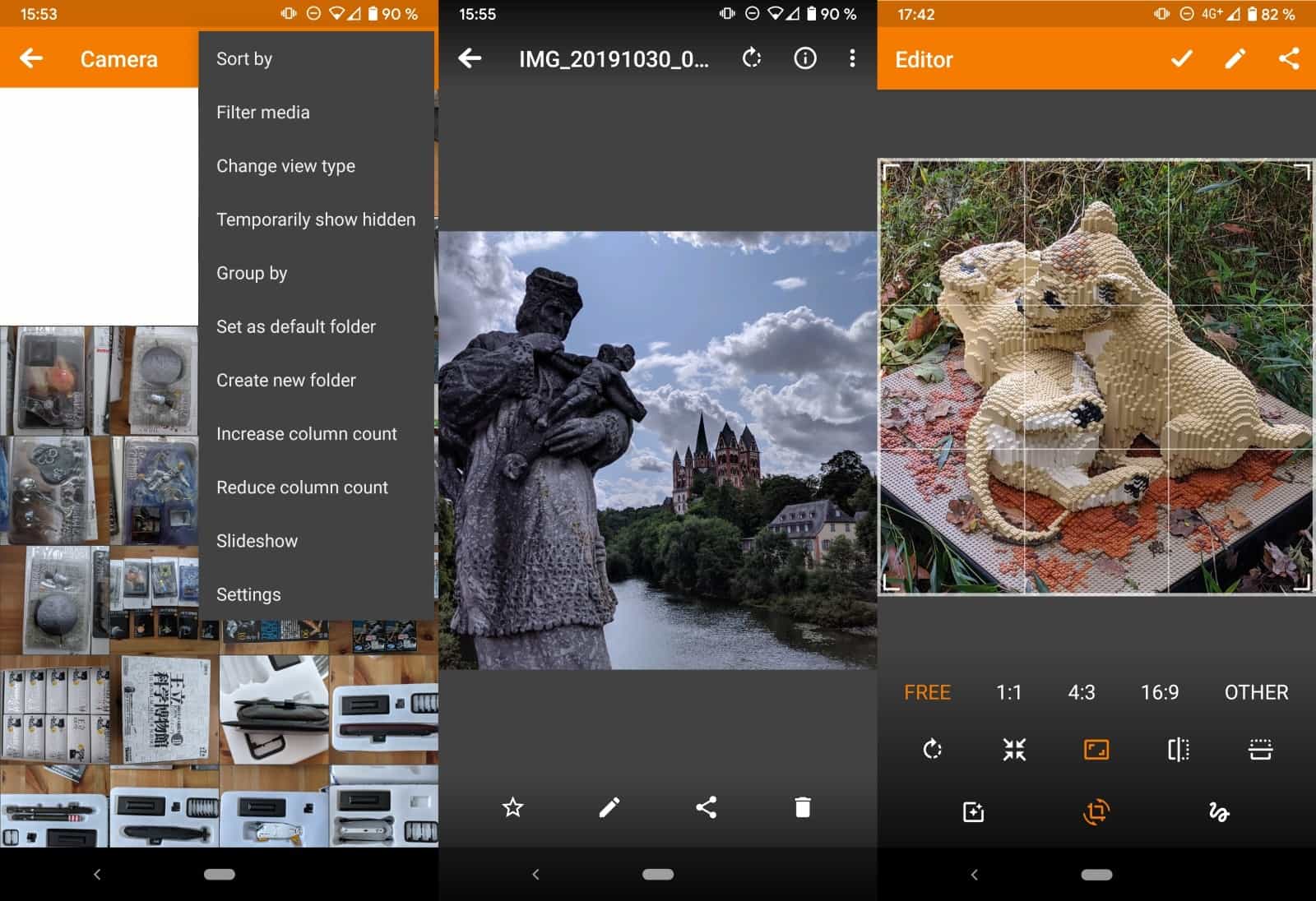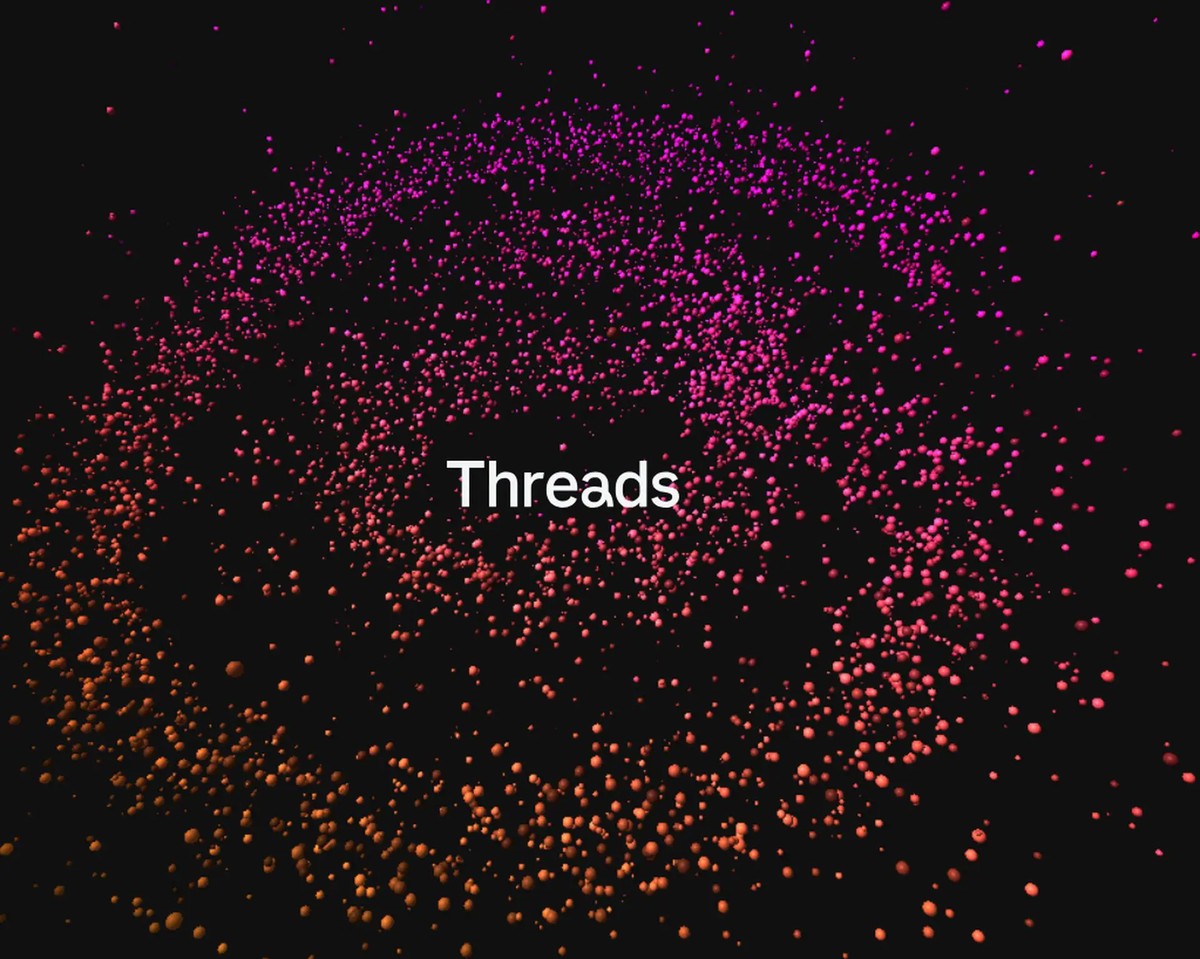Crafting Effective AI Prompts: Tips and Best Practices
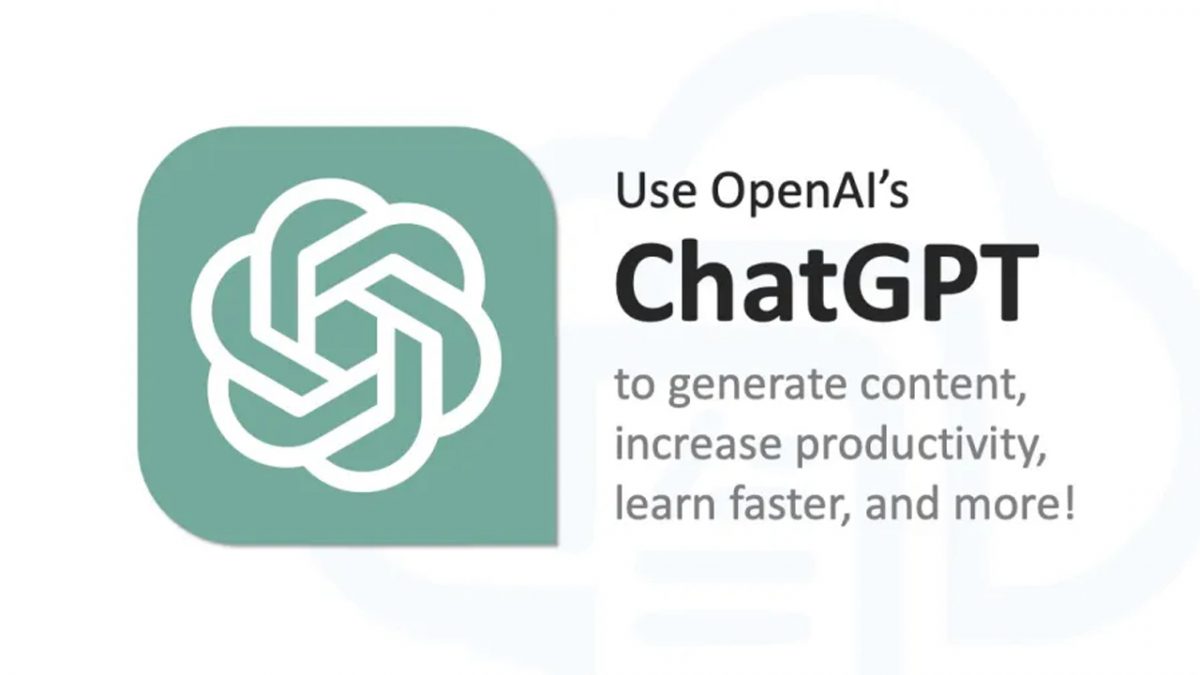
As a prompt engineer at Copy.ai, Anna Bernstein's responsibilities include creating effective prompts to train the AI bot in producing accurate and high-quality writing for emails and posts. To achieve optimal results with AI technology, Anna recommends following three guidelines when crafting prompts. We’ll review the guideline below, but first, a proper introduction to Anna Bernstein and her expertise.
Related: A closer look at Microsoft’s Copilot

Anna Bernstein
Anna Bernstein's professional journey began as a freelance writer and historical research assistant, where she spent much of her time scrolling through microfiche in libraries. However, her career path took a new direction when she became a prompt engineer, contributing to the advancement of the most innovative technology in the world.
In the summer of 2021, Anna met an individual who was employed by Copy.ai, a company that specializes in creating an AI tool for generating copy for various online platforms, such as blogs, sales emails, and social media posts, using OpenAI's GPT-3 language model. Anna learned that the company was facing challenges with the quality of its outputs and was offered the opportunity to work as a prompt engineer to improve the results. Despite not having a background in technology, Anna accepted the offer, as she found the opportunity fascinating and was eager to pursue a new career path away from the stress of freelancing.
Initially, Anna struggled with the new role, but with guidance from the founder, she learned that the task of prompting is akin to casting a spell, where a slight error could cause the desired outcome to fail. Anna took this advice to heart and found a solution for better tone adherence. Her innovative approach to improving the prompts led to a full-time job offer at Copy.ai, where she continues to contribute her expertise to optimize the AI tool's performance.
Anna's role as a prompt engineer at Copy.ai has expanded significantly since she first joined the company. She is now responsible for enhancing the performance of existing AI tools and developing new ones to ensure that the AI produces the best possible responses for users.
Anna's day-to-day activities involve creating text-based prompts, which she tailors to a user's request to generate high-quality, grammatically correct, and factually accurate content for various platforms, such as blog posts.
Anna's prompts are designed using two approaches: instruction-based and example-based. The instruction-based prompts direct the AI to write content based on specific criteria, while the example-based prompts provide the AI with an exemplar to follow.
In addition to her prompt engineering responsibilities, Anna provides advice on how the AI models behave and how to improve their performance. She also identifies which model to use and determines the best approach to create specific tools.
As a poet, Anna enjoys the creative aspects of her job, particularly when she can come up with unconventional prompts that yield impressive results. However, the work can also be tedious and time-consuming, as she spends hours or even weeks testing and refining prompts to ensure they work as intended.
Despite the challenges, Anna finds the unpredictability of her job exciting. One of the misconceptions she has encountered about AI is the idea that it is sentient when it is not. She believes that this misconception arises from popular culture's depiction of AI as scary and unpredictable.
Anna acknowledges that writing good prompts is easy to pick up but challenging to master. She has developed various strategies through trial and error to improve the effectiveness of her prompts, with some of her approaches being unconventional in their structure.

Tips for writing prompts from an AI prompt engineer
Use a thesaurus
It's essential to remember that crafting AI prompts is a nuanced process, and the difference between using the right word or phrasing can make or break the success of the AI output. When you encounter difficulty with a prompt, it's crucial not to give up too quickly. Instead, try using a thesaurus to find alternative words or phrasings that can improve the prompt's effectiveness. Experimenting with different synonyms can lead to more accurate and high-quality results.
Focus on the verbs
Verbs are a critical component of any prompt as they direct the AI to perform a specific action. When crafting a prompt, it's essential to use verbs that clearly express your intent and desired outcome. For example, using verbs like 'rewrite' or 'condense' can yield different results, even though they may seem similar. By carefully selecting verbs that accurately convey your intended action, you can increase the likelihood of the AI producing the desired output. Therefore, pay attention to the verbs you use in your prompts to ensure the AI fully understands your request.
Related: Picture perfect photos with this AI tool
Leverage ChatGPT's intent recognition
ChatGPT, like other AI models, excels at understanding the intent behind a prompt. As such, it's crucial to introduce your intent clearly from the outset to increase the chances of producing accurate and high-quality results. Experimenting with different wordings, tenses, and approaches can also help refine the prompt's effectiveness. For instance, beginning with statements like 'Today, we're going to write an XYZ,' or 'We're trying to write an XYZ and we'd like your input,' can provide ChatGPT with a better understanding of the task at hand. By providing an umbrella of intent over your prompt, you can improve the AI's ability to generate the desired output. Therefore, it's essential to play around with different ways of introducing your intent to produce optimal results.
Our top three tips for AI prompt crafting
Just to round out the article and give you a little more with which to work, here are three of our own tips for generating effective AI prompts.
Be clear and concise
Crafting clear and concise AI prompts is essential for ensuring that the AI produces accurate and high-quality output. The success of the AI is dependent on the clarity and specificity of the prompts it receives. Therefore, it's crucial to write prompts that provide precise instructions and leave no room for ambiguity or confusion. When creating prompts, it's essential to focus on clarity by using simple and direct language that is easily understood by the AI. Avoiding vague or overly broad prompts can help ensure that the AI understands precisely what is expected of it and produces the desired output. Additionally, using concise language can help streamline the prompt and make it more accessible for the AI to interpret.
Provide context and examples
To craft effective AI prompts, it's crucial to provide context and examples that help the AI better understand your intent and produce the desired output. Context is essential as it provides a framework for the AI to work within and ensures that the AI produces relevant and accurate results. By providing context, you can guide the AI towards generating output that aligns with your objectives. For example, let's say you want the AI to generate a blog post about a new product launch. A prompt like 'Write a blog post about our new product launch' may be too broad and not provide enough context for the AI to understand what you are looking for. However, a prompt like 'Write a blog post about our new eco-friendly cleaning product launch and highlight its unique features and benefits' provides more specific context that can guide the AI towards producing more accurate and relevant output.
Test and refine your prompts
Testing and refining your prompts can help you identify any areas of improvement and fine-tune your prompts for optimal results. Experimenting with different wordings, tenses, and approaches can also help refine the prompt's effectiveness. It's essential to test your prompts thoroughly and make adjustments as necessary to ensure the AI produces accurate and high-quality output. Additionally, analyzing the results of previous prompts can help you identify patterns and trends that can inform future prompt creation. By testing and refining your prompts, you can continually improve the performance of the AI tool you are working with.

Final thoughts
Writing effective AI prompts is critical to the success of AI tools in generating accurate and high-quality output. By following the tips and best practices for crafting clear and concise prompts, using specific language and verbs, and providing context and examples, prompt engineers can optimize the performance of AI tools and achieve more accurate and relevant results. While the process of creating effective AI prompts may be time-consuming, the benefits of producing accurate and high-quality output are well worth the effort. With continued experimentation and refinement, prompt engineers can push the boundaries of AI technology and unlock new possibilities for automated content generation.
